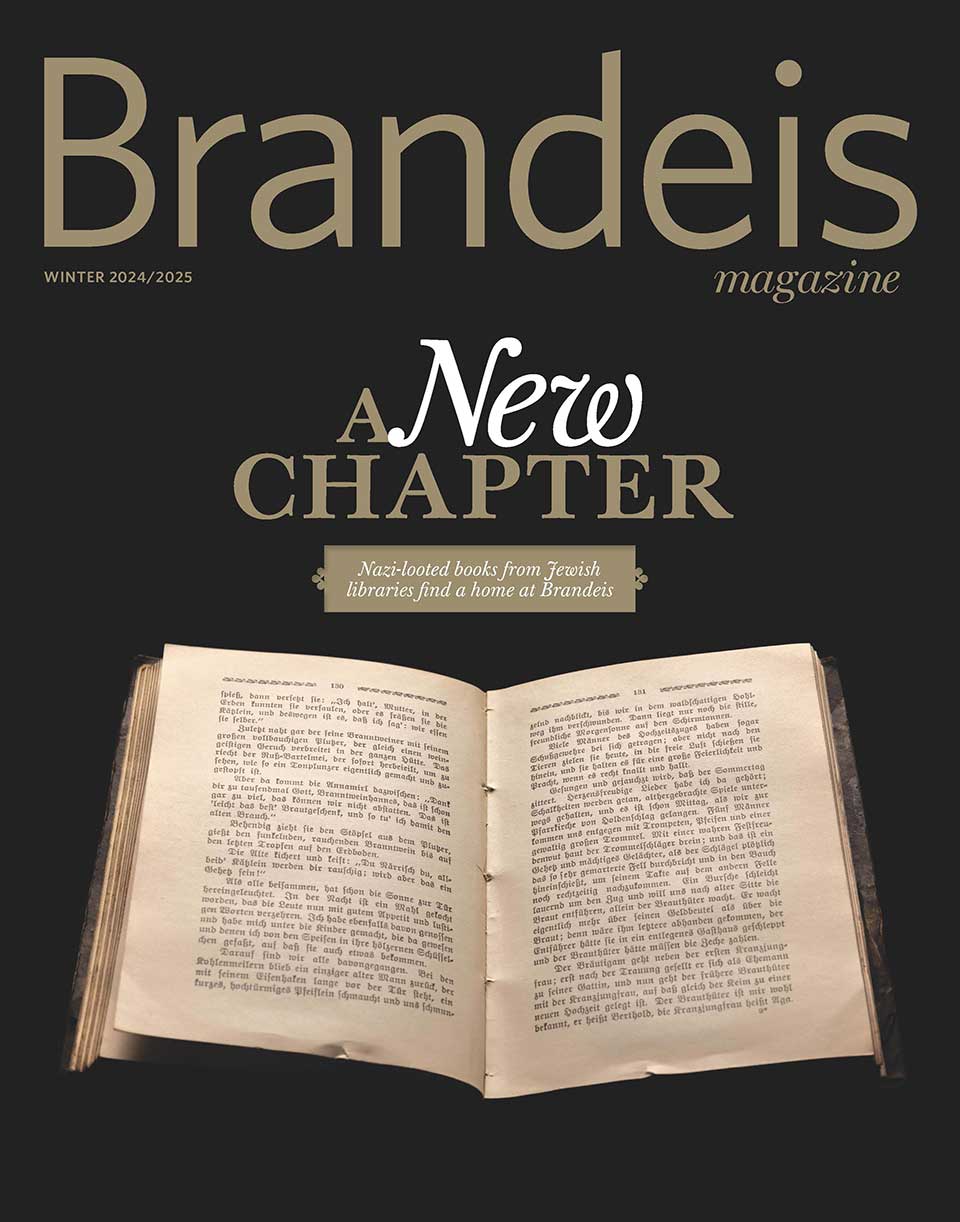Brandeis Scientists Validate Turing’s Theory of Morphogenesis
by Leah Burrows
Alan Turing’s pioneering accomplishments in computer science and cryptanalysis are well known. But the British scientist also made a brilliant contribution to biology and chemistry with a theory that has only now — 60 years after his death — been validated.
In his only published paper on biology, Turing in 1952 proposed a theory of morphogenesis, the process by which identical cells differentiate into, for instance, an organism’s legs, head and tail. According to a recent study published in the Proceedings of the National Academy of Sciences, Brandeis and University of Pittsburgh researchers have provided the first experimental evidence supporting Turing’s theory in cell-like structures.
Turing theorized that identical biological cells differentiate and change shape through a process called intercellular reaction-diffusion. In this model, a system of chemicals react with one another and diffuse across a space between cells in an embryo, for example. Such chemical reactions need an inhibitory agent to suppress the reaction, and an excitatory agent to activate the reaction. Diffused across an embryo, the chemical reaction creates patterns of chemically different cells.
Imagine a field with bone-dry grass, teeming with grasshoppers. A small fire starts in one patch of the field, and the grasshoppers hop away to avoid it. As the insects hop, they perspire, wetting the grass along the way. The fire jumps to another part of the field, and the grasshoppers there hop away, creating another island of wet grass.
Now, picture an aerial view of the field — what was once a uniform plain is spotted with regular patterns of burned and unburned grass. This is how Turing’s model of reaction-diffusion works. The fire is the activator, and the grasshoppers are the inhibitor. The reaction diffuses across a series of cells, activating some and inhibiting others, and what were once identical cells have differentiated. Turing predicted six distinct patterns.
To test Turing’s theory, Seth Fraden, PhD’87, professor of physics, and Irv Epstein, the Henry F. Fischbach Professor of Chemistry, created rings of synthetic cell-like structures with activating and inhibiting chemical reactions. They observed all six patterns plus a seventh unpredicted by Turing. Just as Turing theorized, the once-identical structures — now chemically different — also began to change in size due to osmosis.
This research could have an impact on the study of biological development — how similar patterns emerge in nature — as well as materials science. But most of all, the research further underscores Turing’s trailblazing thinking in many different fields, Fraden says.
After cracking the German Enigma code, a breakthrough that expedited the Allies’ victory in World War II, Turing was shamed and ostracized by the British government. Convicted of homosexuality — a crime in 1950s England — and sentenced to chemical castration, Turing published “The Chemical Basis of Morphogenesis” shortly after his trial, and killed himself less than two years later, in June 1954. He was just 41 years old.
